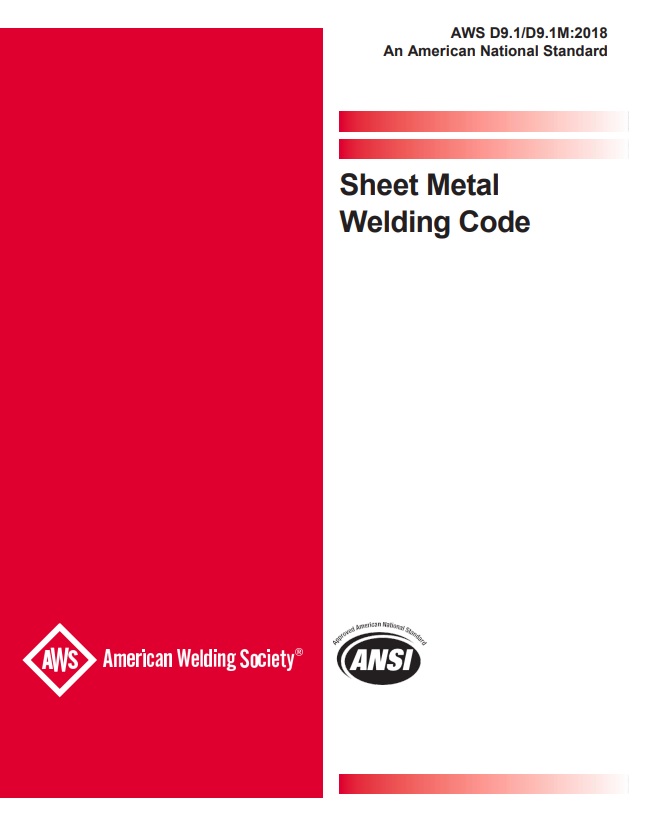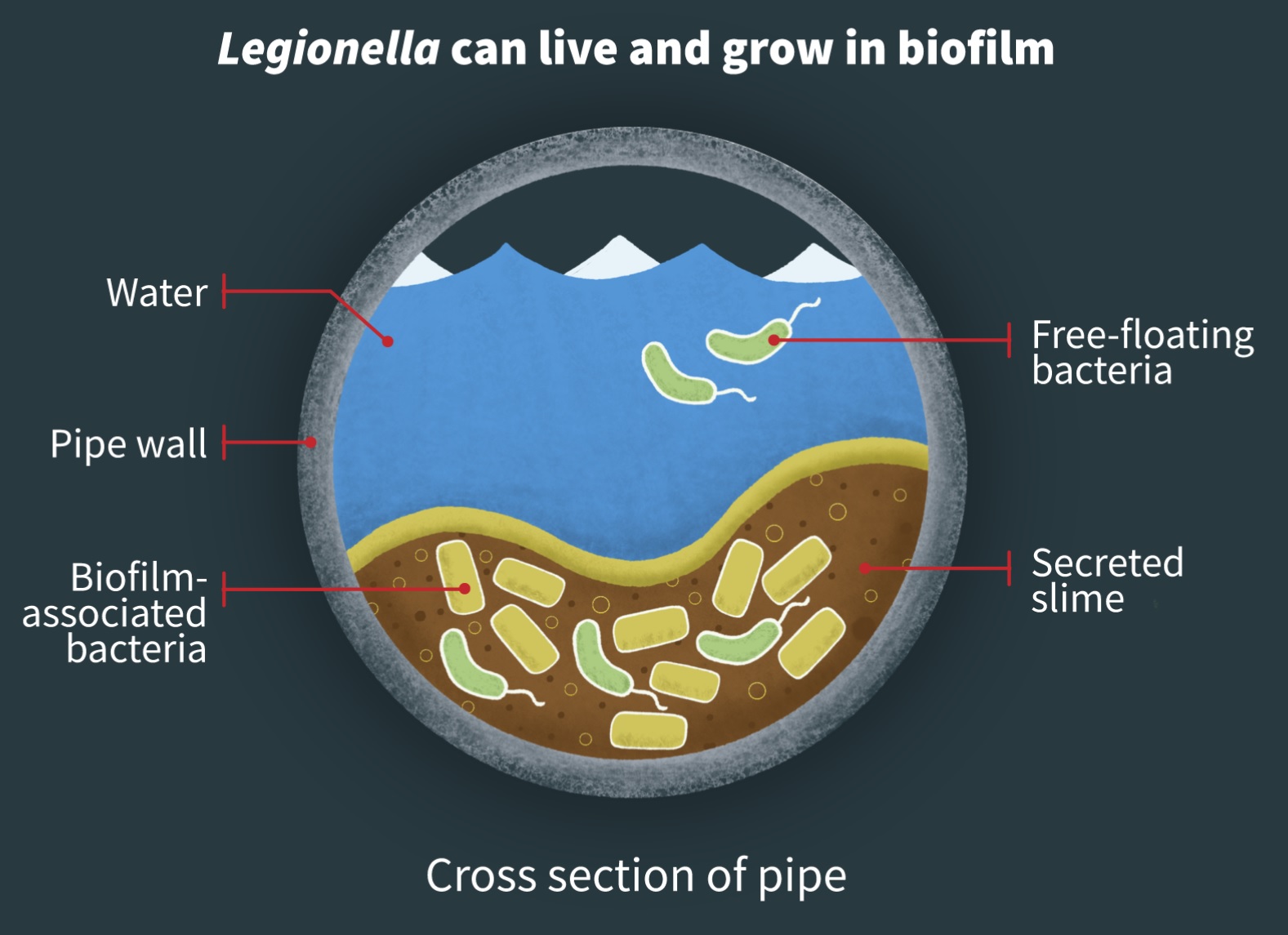List of projects in which Standards Michigan is presently a user-interest voting member; or previously a voting member:
LIVE: Annual Meeting 2023
- Home Page 216

Metals
MasterFormat Division 5: Metals
Today we refresh our understanding of action in the catalogs of the following standards developers in the metalwork domain:
American Society of Mechanical Engineers
ASME Boiler & Pressure Vessel Code Section IX Welding
ASTM International
A proposed standard will guide the process of electrical conductivity tests for verification of heat treatment of #aluminum alloys. https://t.co/BQ88vG9paN pic.twitter.com/Jt7CvDLhoP
— ASTM International (@ASTMIntl) September 20, 2023
Institute of Electrical and Electronic Engineers
Human-centered augmented reality manual arc welding active safety design
International Code Council
International Building Code Chapter 22 Steel
International Fire Code Chapter 35 Welding and Other Hot Work
International Electrotechnical Commission TC 26
International Standardization Organization TC/44
National Fire Protection Association
National Electrical Code Article 630 Electric Welders
Install 50 Amp welder outlet circuit in workshop for 220/240 VAC MIG welder
Occupational Safety and Health Administration
Sheet Metal and Air Conditioning Contractors
Open to everyone. Use the login credentials at the upper right of our home page.
物理学科の井原慶彦講師と一緒に理学部の秘密基地、機械工作室を訪れてみました。迎えてくれたのは女池竜二技術長。超精密な一点ものの工作物が並んでいて、宝の山のような場所でした。井原さんと女池さんの対談はいずれ公開します。お楽しみに! pic.twitter.com/unhg9GBpBy
— 北海道大学理学部 (@Science_HU) December 13, 2022
Signing the steel beam for the new MES addition! Couldn’t pass up a picture of these cute first grade twins making their mark @MadeiraESPrin! pic.twitter.com/FIKhtFW6kT
— Tracy Knueven (@tracyknueven) March 1, 2023
Readings
The troubled history of vocational education
Welding technology has evolved over centuries, and it’s difficult to credit a single person with advancing it because they each played a role in the “gales of innovation” described by Joseph Schumpeter. Here are a few notable individuals:
- Sir Humphry Davy (1778-1829): Davy, an English chemist and inventor, is often credited with the discovery of the electric arc, a critical development in welding technology. His work laid the foundation for many modern welding processes.
- Elihu Thomson (1853-1937): Thomson, an American engineer and inventor, made substantial contributions to electric welding technology. He improved the design of welding machines and was a pioneer in developing the resistance welding process.
- Nikolay Benardos (1842-1905): A Russian inventor and engineer, Benardos is often credited with patenting one of the first arc welding methods using carbon electrodes. His work helped popularize arc welding as a practical joining method.
- C.L. Coffin (1877-1959): Coffin, an American engineer, played a crucial role in the development of the submerged arc welding process. This method is still widely used in heavy industry for its high deposition rates.
- Charles Picard and Auguste De Meritens: These two inventors are credited with developing the first successful welding process using a consumable electrode, known as metal-arc welding. Their work laid the foundation for modern stick welding.
- Carl Wilhelm Siemens (1823-1883): Siemens, a German engineer, made significant contributions to the development of gas welding. His work with gas flames laid the groundwork for the oxyfuel welding and cutting processes that became essential in industry.
- Percy Spencer (1894-1970): Spencer, an American engineer, accidentally discovered microwave heating while working with radar equipment during World War II. His discovery indirectly contributed to the development of microwave welding techniques.
These individuals are the first names that collectively advanced welding technology.
What Fine Madness
This content is accessible to paid subscribers. To view it please enter your password below or send mike@standardsmichigan.com a request for subscription details.
Determining Strength of Corroded Pipelines
As cities-within-cities many colleges and universities own and maintain at least 10 miles — and possibly up to 1000 miles — of underground piping for water, steam and natural gas; much of it under pressure within buildings or in outside, underground tunnels. The American Society of Mechanical Engineers develops a suite of standards for these, and many other piping systems:
ASME B31 Piping System Standards
Fluids running under pressure are a significant infrastructure hazard in educational and all communities
ASME has released a redline of B31 Manual for Determining the Remaining Strength of Corroded Pipelines for public comment:
ANSI Standards Action Pages 137 – 139
ASME often posts its redlines in ANSI Standards Action as well as on its standard development platform:
This document is intended solely for the purpose of providing guidance in the evaluation of metal loss in pressurized pipelines and piping systems.
Comments are due July 26th.
You may send comments (with optional copy to psa@ansi.org) to: Ray Rahaman, rahamanr@asme.org
The ASME consensus product line is on the standing agenda of our periodic Mechanical, Energy and Nota Bene teleconferences. See our CALENDAR for the next online meeting; open to everyone.
Issue: [19-148]
Category: District Energy, Energy, Mechanical
Colleagues: Richard Robben, Larry Spielvogel
Water 100
“A flood is nature’s way of telling you
that you live in the wrong place.”
— Some guy
Water standards make up a large catalog and it will take most of 2023 to untangle the titles, the topics, proposals, rebuttals and resolutions. When you read our claim that since 1993 we have created a new academic discipline we would present the best practice literature of the world’s water standards as just one example.
The Water 100 session takes an aerial view of relevant standards developers, their catalogs and revision schedules.
The Water 200 session we examine the literature for best practice inside buildings; premise water supply for food preparation, sanitation and energy systems.
The Water 300 session reviews standards covering athletic facilities such as swimming pools, therapeutic tubs, ice rinks and the like.
The Water 400 session will run through best practice catalogs of water management outside buildings, including interaction with regional water management systems.
The Water 500 session is a study of case histories, disasters, legal action related to non-conformance. Innovation.
— Coffee Anytime (@coffee_anytime) September 18, 2023
Water safety and sustainability standards have been on the Standards Michigan agenda since the early 2000’s. Some of the concepts we have tracked over the years; and contributed data, comments and proposals to technical committees, are listed below:
- Legionella mitigation
- Swimming pool water quality
- Fire protection sprinkler water availability and safety
– NFPA 70 Article 695 Fire Pumps - Backflow prevention/Cross-connect systems
- Security of district energy power plant and hospital water supply
- Electrical shock protection in pools, fountains, spas and waterfront recreational docking facilities
- Rainwater catchment
- Water in extreme weather events
- Flood abatement systems
- Building plumbing codes (ICC and IAPMO)
- Water Re-use
- Water heaters
- District energy water treatment
- Food service steam tables
- Greywater
- Residence hall potable water systems
- Water use in emergency shower and eyewash installations
- Decorative fountains.
- Standard for the Inspection, Testing, and Maintenance of Water-Based Fire Protection Systems
|
40 CFR § 141.92 – Monitoring for lead in schools and child care facilities |
Since 2016 we have tracked other water-related issues:
- Safe water in playgrounds
- National Seagrant College programs
- Guide to Infection Control in the Healthcare Setting
- Electrical safety around water (cooling towers, swimming pools, spas)
- ASTM Water Testing Standards
- ASTM Standard for Water Distribution
- Electricity and Water Conservation on College and University Campuses in Response to National Competitions among Dormitories: Quantifying Relationships between Behavior, Conservation Strategies and Psychological Metrics
Relevant federal legislation:
- Clean Water Act
- Drinking Water Requirements for States and Public Water Systems
- Resource Conservation and Recovery Act
- Safe Drinking Water Act
Relevant Research:
Real Time Monitoring System of Drinking Water Quality Using Internet of Things
IoT based Domestic Water Recharge System
Send bella@standardsmichigan.com an email to request a more detailed advance agenda. To join the conversation use the login credentials at the upper right of our home page.
More
IAPMO Publishes U.S., Canadian Standard for Detection, Monitoring, Control of Plumbing Systems
"The Great Archimedes"
Baylor University Presshttps://t.co/jbaGIt5tqW@Baylor_Press@BaylorECS pic.twitter.com/4FbcZqLPrQ— Standards Michigan (@StandardsMich) August 4, 2020
Which Australian beaches are microplastic hot-spots? Research from Macquarie University’s AUSMAP project can help you to find low pollution beaches: https://t.co/JK43XMuAIL #microplastics #AustralianBeaches #plasticpollution @AUSMAP_AU pic.twitter.com/FZDgsAZ0Gz
— Macquarie University (@Macquarie_Uni) January 21, 2022
More
Solitude Lake Management for Universities and Colleges
Building Water Demand
“…To combat the challenges that plumbing designers face, the NIST report recommends that researchers address a plethora of questions, including how water is used in different types of buildings, how water flow and plumbing design affect water quality, what factors influence chemical reactions and bacterial growth in pipes, and how fast water quality declines in plumbing systems…”
New update alert! The 2022 update to the Trademark Assignment Dataset is now available online. Find 1.29 million trademark assignments, involving 2.28 million unique trademark properties issued by the USPTO between March 1952 and January 2023: https://t.co/njrDAbSpwB pic.twitter.com/GkAXrHoQ9T
— USPTO (@uspto) July 13, 2023
Standards Michigan Group, LLC
2723 South State Street | Suite 150
Ann Arbor, MI 48104 USA
888-746-3670




















